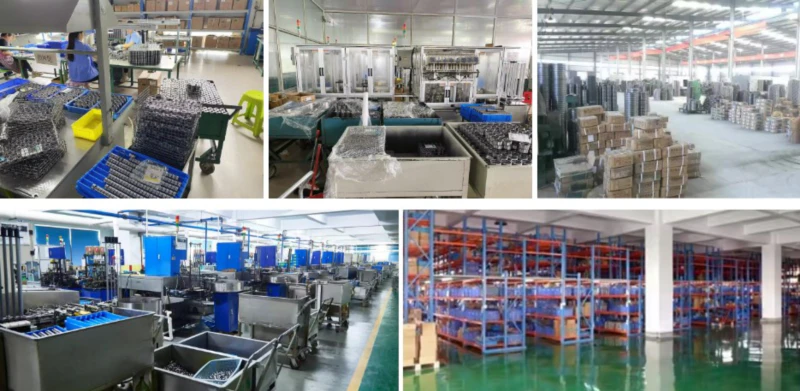Track Bearings Bearing Failure Detection Plan
In this blog post, we will discuss the importance of implementing a bearing failure detection plan for track bearings. Bearing failures can lead to costly downtime and repairs, so it is crucial to have a proactive strategy in place to identify and address potential issues before they escalate.
1. Understanding Track Bearings
Track bearings play a critical role in various applications, such as heavy machinery, automotive systems, and conveyor systems. These bearings are designed to support and guide the movement of tracks or wheels, ensuring smooth and efficient operation.
2. Common Causes of Bearing Failure
Before delving into the details of a bearing failure detection plan, let’s explore some of the common causes of bearing failure:
- Insufficient lubrication
- Excessive load
- Contamination
- Misalignment
- Improper installation
3. Implementing a Bearing Failure Detection Plan
To effectively detect bearing failures in track bearings, it is essential to follow a comprehensive plan that includes the following steps:
3.1 Regular Visual Inspections
Performing visual inspections on a regular basis can help identify any visible signs of wear, corrosion, or damage to the bearings. Look for discoloration, pitting, or cracks that may indicate potential problems.
3.2 Vibration Analysis
Vibration analysis is a powerful tool for detecting bearing faults. By monitoring the vibrations produced by the bearings during operation, it is possible to identify abnormal patterns that may indicate impending failure. Utilizing advanced vibration analysis techniques can provide valuable insights into the condition of the bearings.
3.3 Temperature Monitoring
Monitoring the temperature of the track bearings can help identify abnormal heating patterns, which may be indicative of lubrication issues or excessive friction. Regular temperature measurements should be taken and compared to the manufacturer’s recommendations for optimal operating conditions.
3.4 Lubrication Analysis
Regularly analyzing the lubricant used in the track bearings can provide valuable information about the condition of the bearings. This analysis involves examining the lubricant for contaminants, wear particles, and signs of degradation. By monitoring the lubricant’s quality, it is possible to detect early signs of bearing failure.
3.5 Ultrasonic Testing
Ultrasonic testing involves using high-frequency sound waves to detect anomalies within the bearings. By analyzing the echo patterns produced by the sound waves, it is possible to identify any internal defects or abnormalities in the bearings. This non-destructive testing method can provide valuable insights into the health of the bearings.
4. Conclusion
Implementing a comprehensive bearing failure detection plan is crucial for ensuring the smooth and efficient operation of track bearings. By combining regular visual inspections, vibration analysis, temperature monitoring, lubrication analysis, and ultrasonic testing, potential bearing failures can be detected early, minimizing downtime and costly repairs.
Author: Czh

Company Introduction
Our company is a leading player in the Chinese reducer market, specializing in the production of various high-quality products, including servo reducers, plastic gearboxes, gear motors, worm gearboxes, worm wheels, and worm reducers. We pride ourselves on our state-of-the-art automated production and assembly equipment.
In addition to our exceptional products, we offer competitive pricing and excellent customer service. We welcome customers to bring their specific requirements and designs, as we provide customization options to meet their needs.

Author: Czh